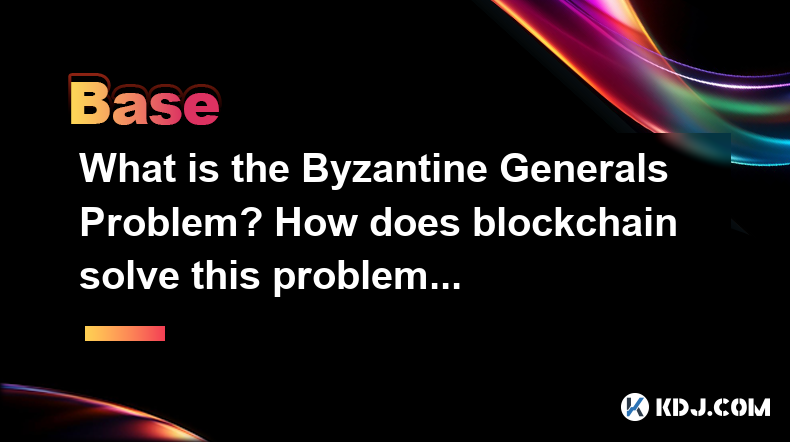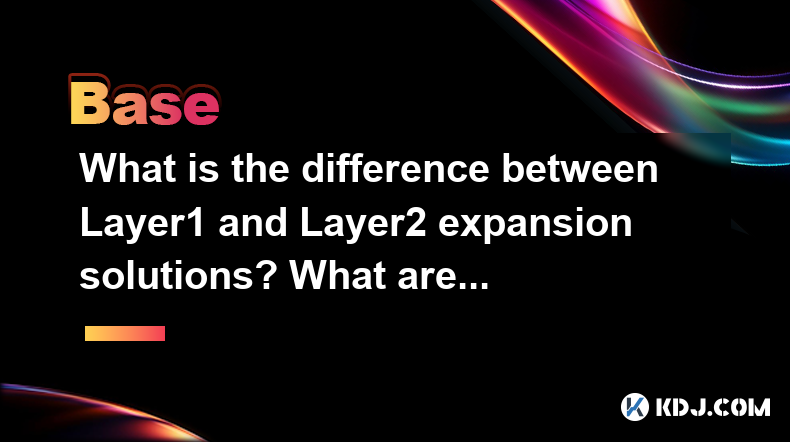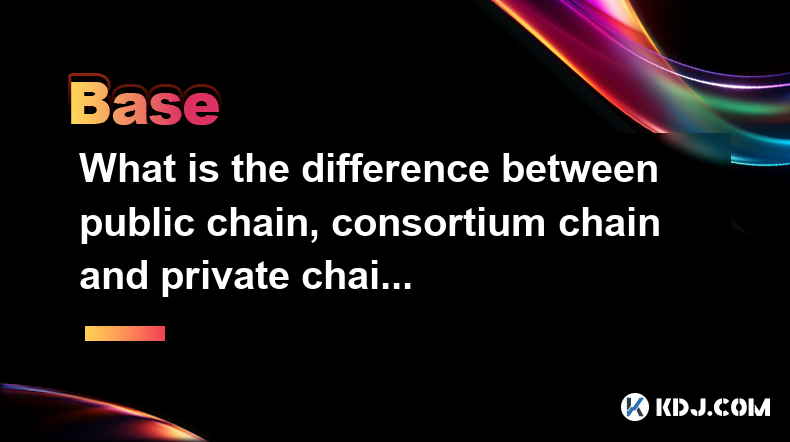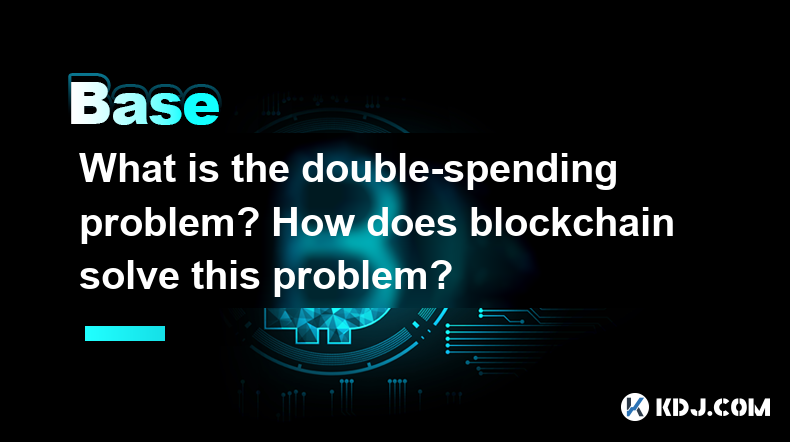-
 Bitcoin
Bitcoin $83,564.8027
0.44% -
 Ethereum
Ethereum $1,810.7231
0.31% -
 Tether USDt
Tether USDt $0.9997
0.00% -
 XRP
XRP $2.1326
3.18% -
 BNB
BNB $594.5748
-0.23% -
 Solana
Solana $120.9049
3.56% -
 USDC
USDC $1.0000
0.00% -
 Dogecoin
Dogecoin $0.1690
2.41% -
 Cardano
Cardano $0.6572
0.50% -
 TRON
TRON $0.2369
-0.45% -
 UNUS SED LEO
UNUS SED LEO $9.2222
-3.86% -
 Chainlink
Chainlink $12.8516
-0.47% -
 Toncoin
Toncoin $3.3188
-5.38% -
 Stellar
Stellar $0.2575
-1.32% -
 Avalanche
Avalanche $18.1451
-1.64% -
 Shiba Inu
Shiba Inu $0.0...01233
1.07% -
 Sui
Sui $2.2317
0.36% -
 Hedera
Hedera $0.1629
0.47% -
 Litecoin
Litecoin $84.0375
0.19% -
 Polkadot
Polkadot $4.0061
-0.88% -
 MANTRA
MANTRA $6.2948
-0.41% -
 Bitcoin Cash
Bitcoin Cash $300.7192
-2.60% -
 Bitget Token
Bitget Token $4.5155
0.53% -
 Dai
Dai $1.0000
0.00% -
 Ethena USDe
Ethena USDe $0.9991
-0.05% -
 Monero
Monero $217.8207
1.01% -
 Hyperliquid
Hyperliquid $11.7620
1.59% -
 Uniswap
Uniswap $5.8772
-0.87% -
 Pi
Pi $0.4630
-16.70% -
 OKB
OKB $51.3227
9.10%
What Is an Accrued Interest?
Accrued interest, the unpaid interest earned on investments like bonds and CDs, is calculated by multiplying the annual rate by the principal and accrual period, and considering for its tax implications and payment schedules.
Oct 17, 2024 at 09:06 am

What is Accrued Interest?
1. Definition:
Accrued interest refers to the interest that has been earned but not yet received for an investment. It represents the accumulated but unpaid interest that increases over time until it is paid or credited to the investor's account.
2. Calculation:
Accrued interest is calculated by multiplying the annual interest rate by the principal amount of the investment and the time period over which it has accrued. The formula is:
Accrued Interest = Annual Interest Rate x Principal x Time3. Time Period:
The time period used in the calculation can vary depending on the type of investment, such as:
- Bonds: Typically calculate accrued interest from the last interest payment date, which is usually semi-annually or annually.
- Certificates of Deposit (CDs): May calculate accrued interest daily or monthly.
4. Significance:
Accrued interest is important for investors to consider when valuing a fixed income investment. When purchasing a bond that is actively trading in the secondary market, the buyer will need to pay the accrued interest to the seller in addition to the bond's principal value.
5. Taxation:
In many countries, accrued interest is taxable as income. However, it is not officially recognized until it is received by the investor.
6. Payment:
Accrued interest is typically paid on a regular schedule, such as monthly, semi-annually, or annually. However, some investments may allow for the accrued interest to be added to the principal balance and compound over time.
Disclaimer:info@kdj.com
The information provided is not trading advice. kdj.com does not assume any responsibility for any investments made based on the information provided in this article. Cryptocurrencies are highly volatile and it is highly recommended that you invest with caution after thorough research!
If you believe that the content used on this website infringes your copyright, please contact us immediately (info@kdj.com) and we will delete it promptly.
- XRP Price Shows Notable Recovery as Anticipation Grows Ahead of Stablecoin Legislation Review
- 2025-04-05 15:20:12
- Rexas Finance (RXS) Unlocks a $390 Trillion Market – Tokenizing Real Estate and Gold for Global Investors
- 2025-04-05 15:20:12
- Bitcoin (BTC) market prep for President Donald Trump's sweeping “Liberation Day” tariffs
- 2025-04-05 15:15:12
- The FLARE Act: A New Narrative for Bitcoin Mining's Energy Consumption
- 2025-04-05 15:15:12
- Dogecoin (DOGE) Is at a Pivotal Moment
- 2025-04-05 15:10:12
- Sony accepts payments in stablecoin
- 2025-04-05 15:10:12
Related knowledge

Why is the oracle called the bridge between blockchain and the real world?
Apr 04,2025 at 04:00am
The concept of an oracle in the cryptocurrency and blockchain world is crucial for understanding how these decentralized systems interact with external data. The oracle is often referred to as the bridge between blockchain and the real world because it serves as a vital intermediary that fetches, verifies, and transmits off-chain data to the on-chain en...

What is the Byzantine Generals Problem? How does blockchain solve this problem?
Apr 05,2025 at 06:29am
The Byzantine Generals Problem is a classic problem in the field of distributed computing and computer science, which has significant implications for the reliability and security of decentralized systems, including blockchain technology. This problem is named after a hypothetical scenario involving several generals of the Byzantine army who must coordi...

What role does the Merkle tree play in the blockchain? Why can it verify data integrity?
Apr 04,2025 at 01:29pm
The Merkle tree plays a crucial role in the blockchain, primarily due to its ability to efficiently and securely verify data integrity. This article will delve into the structure of a Merkle tree, its implementation in blockchain, and how it ensures the integrity of data. Understanding the Structure of a Merkle TreeA Merkle tree, also known as a hash tr...

What is the difference between Layer1 and Layer2 expansion solutions? What are their advantages and disadvantages?
Apr 05,2025 at 12:49pm
In the world of cryptocurrencies and blockchain technology, scalability is a critical issue that developers and users alike grapple with. To address this, the industry has developed various solutions, primarily categorized into Layer1 and Layer2 expansion solutions. Understanding the differences between these two approaches, along with their respective ...

What is the difference between public chain, consortium chain and private chain? What scenarios are suitable for each?
Apr 04,2025 at 09:21pm
In the world of blockchain technology, understanding the differences between public chains, consortium chains, and private chains is crucial for selecting the right type of blockchain for specific applications. Each type of blockchain has its own unique characteristics and use cases, which we will explore in detail. Understanding Public ChainsPublic cha...

What is the double-spending problem? How does blockchain solve this problem?
Apr 04,2025 at 09:07am
The double-spending problem is a significant challenge in the realm of digital currencies. Double-spending refers to the potential for a digital currency to be spent more than once. This issue arises because digital files, unlike physical cash, can be easily duplicated. If not addressed, double-spending could undermine the integrity and trust in any dig...

Why is the oracle called the bridge between blockchain and the real world?
Apr 04,2025 at 04:00am
The concept of an oracle in the cryptocurrency and blockchain world is crucial for understanding how these decentralized systems interact with external data. The oracle is often referred to as the bridge between blockchain and the real world because it serves as a vital intermediary that fetches, verifies, and transmits off-chain data to the on-chain en...

What is the Byzantine Generals Problem? How does blockchain solve this problem?
Apr 05,2025 at 06:29am
The Byzantine Generals Problem is a classic problem in the field of distributed computing and computer science, which has significant implications for the reliability and security of decentralized systems, including blockchain technology. This problem is named after a hypothetical scenario involving several generals of the Byzantine army who must coordi...

What role does the Merkle tree play in the blockchain? Why can it verify data integrity?
Apr 04,2025 at 01:29pm
The Merkle tree plays a crucial role in the blockchain, primarily due to its ability to efficiently and securely verify data integrity. This article will delve into the structure of a Merkle tree, its implementation in blockchain, and how it ensures the integrity of data. Understanding the Structure of a Merkle TreeA Merkle tree, also known as a hash tr...

What is the difference between Layer1 and Layer2 expansion solutions? What are their advantages and disadvantages?
Apr 05,2025 at 12:49pm
In the world of cryptocurrencies and blockchain technology, scalability is a critical issue that developers and users alike grapple with. To address this, the industry has developed various solutions, primarily categorized into Layer1 and Layer2 expansion solutions. Understanding the differences between these two approaches, along with their respective ...

What is the difference between public chain, consortium chain and private chain? What scenarios are suitable for each?
Apr 04,2025 at 09:21pm
In the world of blockchain technology, understanding the differences between public chains, consortium chains, and private chains is crucial for selecting the right type of blockchain for specific applications. Each type of blockchain has its own unique characteristics and use cases, which we will explore in detail. Understanding Public ChainsPublic cha...

What is the double-spending problem? How does blockchain solve this problem?
Apr 04,2025 at 09:07am
The double-spending problem is a significant challenge in the realm of digital currencies. Double-spending refers to the potential for a digital currency to be spent more than once. This issue arises because digital files, unlike physical cash, can be easily duplicated. If not addressed, double-spending could undermine the integrity and trust in any dig...
See all articles




















































































